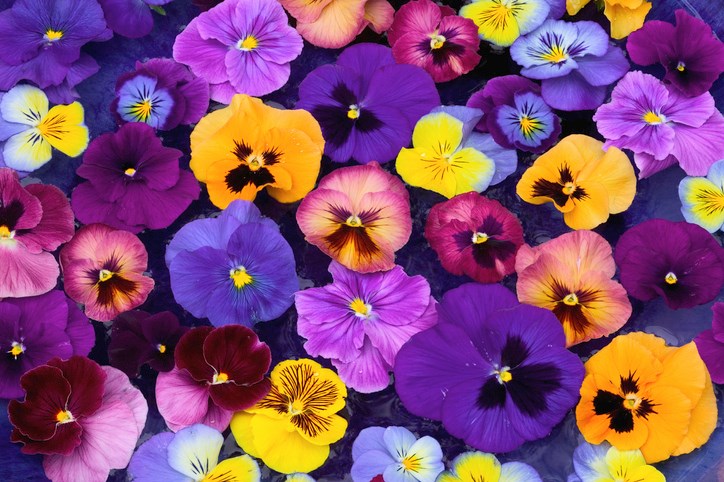Thank you to the gardeners who were such good sports and shared their plant photos for the Show: your enthusiasm is a credit to the many gardeners who went before us. Imagine how tickled they would be to imagine a “virtual” show! A bouquet of thanks to Keith who took the lovely photos for some of our gardeners, and to John, our webmaster, who patiently compiled all the photos into a great display. Thank you both!
In winter we hear about wind-chill. In summer we hear about humidex or heat index, and it seems we have been hearing that a lot this summer. What is it?
Humidex is a combination of the actual temperature and the humidity, and how it determines how we feel on certain days, based on us being in the shade. For example, a temperature of 30 degrees and a relative humidity of 30% gives us a humidex of 30. Not bad. But if it was a very humid day, a temperature of 30 degrees and a relative humidity of 70% makes it feel like 41 degrees.
The reason the humidity changes things so drastically is that our bodies are miraculous things, designed to try and keep us at a constant internal temperature of 37 degrees. If the air is hot, we sweat to keep us cool. But if the humidity is high, we’re still sweating but it isn’t evaporating quickly enough to cool things down. At 85 % or 90% humidity, the evaporation on our bodies doesn’t happen because it is just too damp. And that is truly a dangerous situation!
And because these calculations are based on “shade”, if we are out in the blazing sun, totally engrossed in what we are doing in the garden, that’s when heat stroke can strike! So gardeners, please exercise caution when working in the garden in the heat.
For our plants, evapotranspiration occurs: that’s, a five dollar word that means the combination of moisture evaporating, and the transpiration of water from the plant through its leaves. I did some homework about this and learned that leaves will transpire more water than their own weight. Here’s an astonishing example: a large oak tree can transpire up to 40,000 gallons in a year. In higher temperatures, the heat causes the stomata in a plant’s leaves to open, and moisture will escape. And if there is a shortage of moisture, the leaves transpire less because they are thirsty, and the plants begin to “senesce” or age too early, causing leaves to drop and the plants to look more advanced than they are. So if your garden looks now like it does in September, the heat and lack of moisture is why!
Don’t miss the Yorkton Gardener’s Market on Saturday, from 9AM till noon at the north parking lot of the Prairie Harvest Christian Life Centre, corner of Melrose and Simpson. Homegrown produce, eggs, jams, relish, flowers, and honey. If you have any questions about the market, or perhaps would like to be a vendor, just call Glen at (306) 783-7040.
Thank you to our friends at Yorkton This Week for all their great work. Have a good week in your garden, and be sure to wear a hat!





